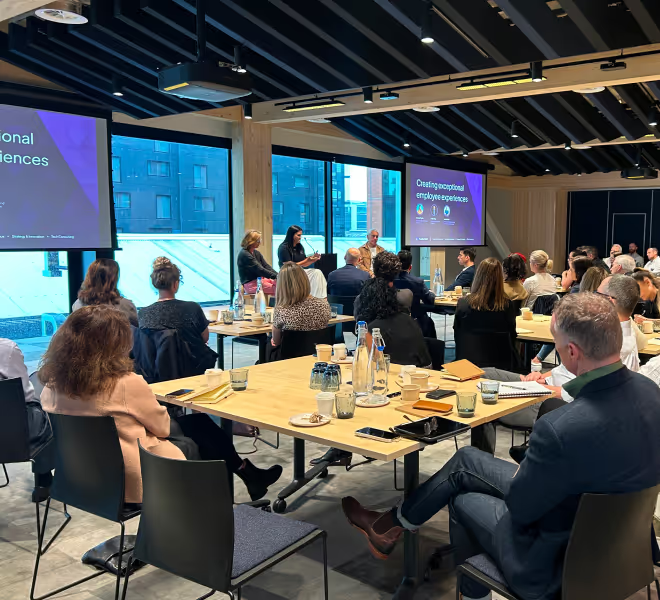So you have some great product ideas that you want to get some customer feedback on. You want to go out and talk to your target customers to make sure your product ideas are going to resonate with them and to ensure that these customers will want to buy your new product when you take it to market.
Sounds like a good approach right – you’re engaging with customers in the product development process so you’re certainly being customer centric!
Well if you’re trying to develop something new and different that is likely to drive strong customer preference, then the answer is probably no. To explain why, let’s consider a simple analogy.
When people were getting around in horse and carts, there were lots of iterations that were being developed that would make the horse and cart better. People came up with better wheels, better suspension, better feed for the horse and even better breeds of horse. All of these changes would have made incremental improvements to the horse and cart.
When these suppliers went and asked customers what they thought about their “new” products, the customers would no doubt have given them a big thumbs up – they were going to get a better horse and cart so why wouldn’t they. The only frame of reference the customers had was the horse and cart so any improvements to it would have elicited a positive response. But the incremental value that the improvements were making may not have been enough for the horse and cart owners to go and buy the new and improved version particularly if it was from a new supplier they weren’t familiar with.
The real problem that the customers wanted solving was to get around without being dependent on an animal that needed food and frequent rest. Some innovative people focused on solving that problem and then along came the motorised cart which quickly evolved into the motorcar.
This analogy points to two things. Firstly, if you want to identify opportunities for creating significant new value for customers, then don’t go to them with an incremental product and ask them for their feedback – they’ll confirm that the product is better than what they already have but it may not be good enough for them to switch to your version and sales may well be disappointing.
Secondly, if you really want to run a customer centric product development process, then you should start with the customer instead of a product idea. If you start with customers and do really good exploratory research, you’ll uncover insights into what customers are struggling to get done. It is these insights that will create opportunities for delivering new value to customers that help them solve their biggest problems. It is these insights that provide the context for coming up with new product ideas that can then be tested and refined using Lean Startup (test and learn) methodologies.
So if you’re looking to develop new products that will drive significant growth in your business, then take a good look at your product development process. If it starts with customers and is uncovering great opportunities for creating new value along the dimensions of value that are important to them, then you’ve got a truly customer centric process that should serve you well. If on the other hand, your process is really just using customers to confirm your own beliefs in the value of your product ideas, then it may be time to give it a good shake and start engaging with customers earlier in the process.






